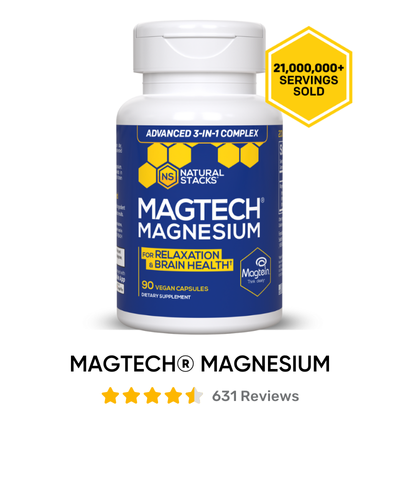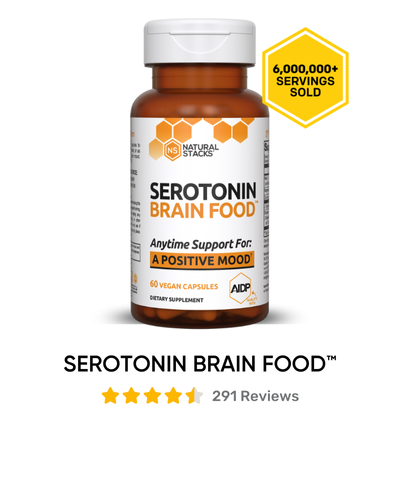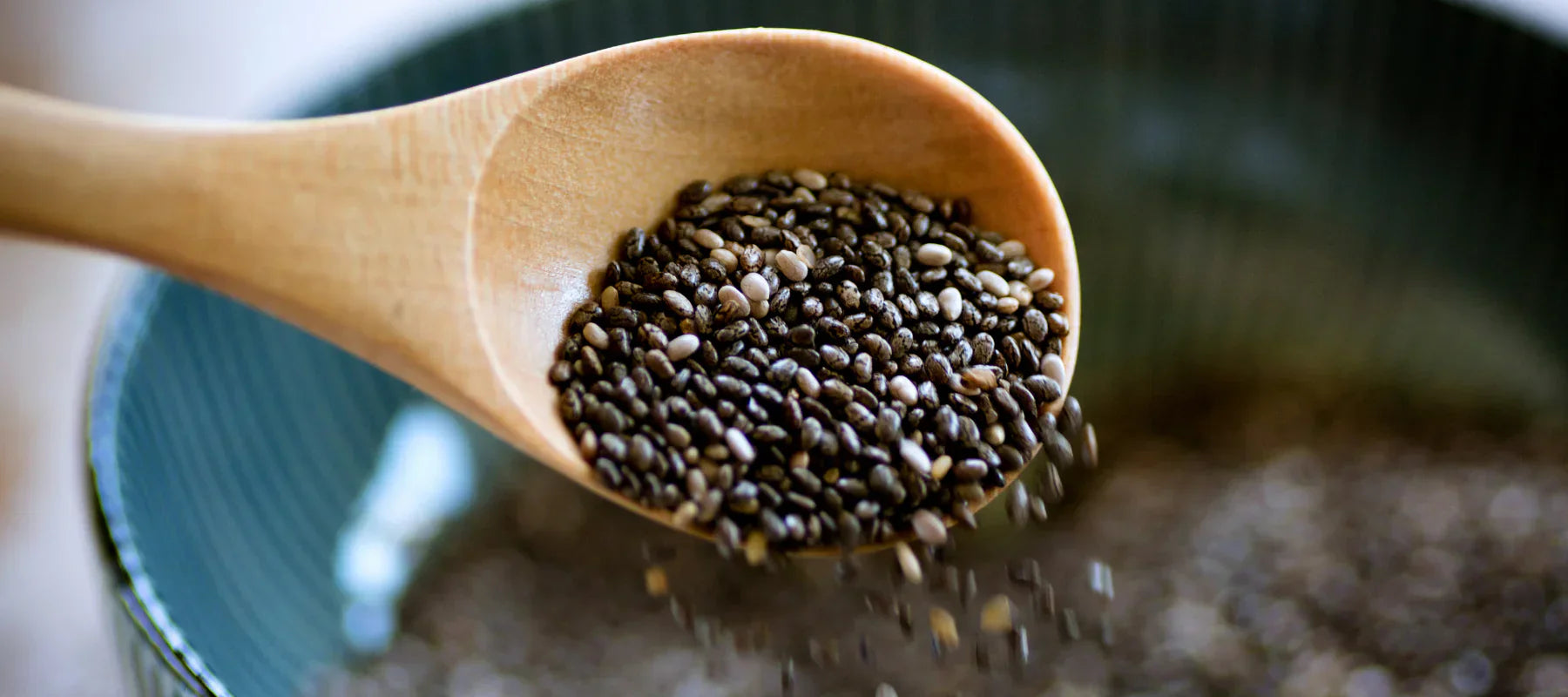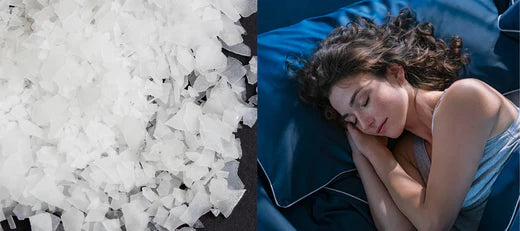GABA White Paper

GABA, the inhibitory neurotransmitter
By Abelard Lindsay (@ciltep on twitter)

GABA is one of the major neurotransmitters in the brain. Most people are familiar with stimulation of the GABA system as they have experienced the relaxation and easing of social interaction provided by the alcohol in beer, wine and liquor. Alcohol acts as a GABA agonists, artificially mimicking the effects of our body’s own GABA neurotransmitter. Of course, alcohol has a wide range of effects besides its GABA role that cause long-term damage to health. For example, when taken in excess, alcohol can cause lasting damage to the body by inhibiting methylation reactions. This inhibition can lead to liver disease [1] and cancer [2]. Excess alcohol consumption also creates tolerance to its GABA agonists effects which leads to well known tolerance, addiction and withdrawal symptoms. Thus, it would be unhealthy to rely on alcohol to stimulate GABA receptors in the brain.
What does GABA feel like on its own though, apart from the myriad effects of alcohol? In my experience, when naturally stimulated, GABA acts as a squelch knob for thoughts in the brain. It makes it so that thoughts need to reach a higher level of importance to manifest themselves in consciousness, resulting in a more relaxed, peaceful perspective where distractions are manifestly reduced. Meditation has been shown to increase GABAB receptor related cortical inhibition. [3] To me, the calm associated with mediation is very reminiscent of augmented GABA levels.
On a biological level, GABA, is an inhibitory neurotransmitter in the brain. That means that it acts to slow down signals between neurons, making neurons less electrically excitable. [4] Studies also show that It plays a role in neuronal stem cell differentiation, possibly giving it an important role in adult brain plasticity. [5]
In contrast, glutamate is the primary excitatory neurotransmitter in the brain and thus causes neurons to become more electrically excitable. Proper glutamate levels are important for attention, coordination and normal brain function. Excess glutamate, and thus excess excitability can result in anxiety and agitation, and at extreme levels, excitotoxicity, a form of brain damage, and epilepsy. [6] A lot of alcohol’s withdrawal symptoms are caused by the body’s increased sensitivity to glutamate to compensate for over activation of the GABA system by alcohol. [7]
GABA is created from L-Glutamate via L-Glutamate Decarboxylase and then is degraded to succinate semialdehyde via Gaba-Transaminase with the help of P5P, the active form of B6. The process of creation of L-Glutamate should be left alone in my opinion, as excessive glutamate can easily cause negative consequences, so increasing GABA by this precursor route is not something that’s a particularly fruitful line of inquiry.
What other ways can we use to increase GABA’s effects in the brain? Many prescription drugs are direct GABA receptor agonists as well. Examples include the well known benzodiazepines and other tranquilizers which are allosteric modulators of the GABA A receptor. [8] These drugs can cause tolerance over the long-term as they bypass the body’s natural regulatory system and directly affect receptors. [9] Thus, this would also be something we should cross off the list for modulating GABA’s effects in the body, at least in the absence of serious illness that required it.
Several derivative forms of GABA developed in Russia, such as picamilon, which is Niacin bonded to GABA [10] and Phenibut, which is GABA modified to allow it cross the blood brain barrier, have been introduced. [11] Picamilon has recently been removed from the market in the US due to regulatory action. Phenibut has had several negative case reports. [12]
Recently, research showed that with an increase in nitric oxide, GABA could more easily cross the blood brain barrier. Nitric oxide also causes GABA release in the hippocampus. [13] In a recent study, GABA supplementation by itself increased brain GABA 33%, but when combined with L-arginine, a stimulator of nitric oxide, brain GABA rose 383.3%. [14]
The best nutritional ways to increase nitric oxide in the body are via the amino acid L-citrulline, which converts to L-arginine in the kidneys that is then used by the body to make nitric oxide. [15] Grape Seed Extract can also upregulate the eNOS enzyme for a further boost to nitric oxide. [16]
There are also several alternate routes to promoting GABA in the body. Taurine, a natural amino acid, activates GABA-A receptors. [17] Ashwagandha mimics GABA activity in the brain, allowing for enhanced activation of GABA-A receptors. [18] Rosmarinic acid, present in rosemary, lemon balm, and other herbal agents known for their calming properties, inhibits GABA-transaminase, which slows the breakdown of GABA. [19]
Given the problems with modulating the GABA system using GABA agonists like alcohol, benzodiazepines, and phenibut, I feel it’s far better to support the natural neurotransmitter systems and to use GABA as the primary means of affecting the GABA system. When combined with nitric oxide precursors and enzyme enhancers, studies suggest that GABA should be able to cross the blood brain barrier more effectively. The addition of herbal GABA-transaminase inhibitors with a long history of safe use should further improve the effect and duration of GABA in the brain.
Resources:
- Beier JI, Mcclain CJ. Mechanisms and cell signaling in alcoholic liver disease. Biol Chem. 2010;391(11):1249-64.PMID 20868231
- Varela-rey M, Woodhoo A, Martinez-chantar ML, Mato JM, Lu SC. Alcohol, DNA methylation, and cancer. Alcohol Res. 2013;35(1):25-35. PMID 24313162
- Guglietti CL, Daskalakis ZJ, Radhu N, Fitzgerald PB, Ritvo P. Meditation-related increases in GABAB modulated cortical inhibition. Brain Stimul. 2013;6(3):397-402. PMID 23022436
-
Mccormick DA. GABA as an inhibitory neurotransmitter in human cerebral cortex. J Neurophysiol. 1989;62(5):1018-27. PMID 2573696
-
Salazar P, Velasco-velázquez MA, Velasco I. GABA effects during neuronal differentiation of stem cells. Neurochem Res. 2008;33(8):1546-57. PMID 18357524
- Meldrum BS. Glutamate as a neurotransmitter in the brain: review of physiology and pathology. J Nutr. 2000;130(4S Suppl):1007S-15S.PMID 10736372
- Hoffman PL. Glutamate receptors in alcohol withdrawal-induced neurotoxicity. Metab Brain Dis. 1995;10(1):73-9.PMID 7596330
- Sigel E. Mapping of the benzodiazepine recognition site on GABA(A) receptors. Curr Top Med Chem. 2002;2(8):833-9. PMID 12171574
- Ferreri MC, Gutiérrez ML, Gravielle MC. Tolerance to the sedative and anxiolytic effects of diazepam is associated with different alterations of GABAA receptors in rat cerebral cortex. Neuroscience. 2015;310:152-62. PMID 26391922
- Voznesenskiĭ AG, Kovalev GV, Sazhin VA. [Comparative study of the effect of picamilone and piracetam on learning in rats in a radial maze]. Farmakol Toksikol. 1989;52(4):14-7. PMID 2806520
- Lapin I. Phenibut (beta-phenyl-GABA): a tranquilizer and nootropic drug. CNS Drug Rev. 2001;7(4):471-81. PMID 11830761
- Samokhvalov AV, Paton-gay CL, Balchand K, Rehm J. Phenibut dependence. BMJ Case Rep. 2013;2013 PMID 23391959
- Getting SJ, Segieth J, Ahmad S, Biggs CS, Whitton PS. Biphasic modulation of GABA release by nitric oxide in the hippocampus of freely moving rats in vivo. Brain Res. 1996;717(1-2):196-9. PMID 8738273
- Boonstra E, De kleijn R, Colzato LS, Alkemade A, Forstmann BU, Nieuwenhuis S. Neurotransmitters as food supplements: the effects of GABA on brain and behavior. Front Psychol. 2015;6:1520. PMID 26500584
- Ochiai M, Hayashi T, Morita M, et al. Short-term effects of L-citrulline supplementation on arterial stiffness in middle-aged men. Int J Cardiol. 2012;155(2):257-61. PMID 21067832
- Feng Z, Wei RB, Hong Q, Cui SY, Chen XM. Grape seed extract enhances eNOS expression and NO production through regulating calcium-mediated AKT phosphorylation in H2O2-treated endothelium. Cell Biol Int. 2010;34(10):1055-61. PMID 20513234
- Jia F, Yue M, Chandra D, et al. Taurine is a potent activator of extrasynaptic GABA(A) receptors in the thalamus. J Neurosci. 2008;28(1):106-15. PMID 18171928
- Candelario M, Cuellar E, Reyes-ruiz JM, et al. Direct evidence for GABAergic activity of Withania somnifera on mammalian ionotropic GABAA and GABAρ receptors. J Ethnopharmacol. 2015;171:264-72. PMID 26068424
- Awad R, Muhammad A, Durst T, Trudeau VL, Arnason JT. Bioassay-guided fractionation of lemon balm (Melissa officinalis L.) using an in vitro measure of GABA transaminase activity. Phytother Res. 2009;23(8):1075-81.PMID 19165747










